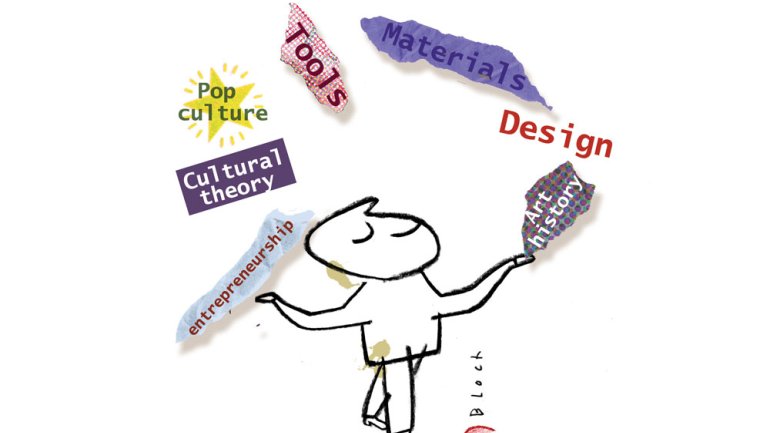The Perfect Craft Education
The Perfect Craft Education
Q: Let's say you could design an education for a promising 15-year-old craft artist, with cost as no issue. What sort of experiences, training, and learning would you want for that person?
A: This is a tough question. What doesn't a craft artist need to know these days? It used to be that artisans had clear job descriptions, and their training was relatively straightforward. But now craft has no boundaries. In addition to the core capability of technical skill, craftspeople can now be designers, small business owners, digital fabricators, marketing specialists, and conceptual artists - sometimes all at once.
How to get that sense of possibility into the head of a 15-year-old? At that age, our aspiring craft artist can be counted on to have a few skills already. Perhaps the most valuable, in the long run, will be a nuanced sense of popular culture. This is an area of expertise that teachers tend to underrate, but it can play as large a role in forming visual sensibility as anything else. Ideally our young artisan will also have solid writing, reading, math, and critical thinking skills. (Craft, like any other field, is dependent on primary educators to impart that basic toolkit.) What our 15-year-old probably won't have is an understanding of tools and materials, art and design history, financial management, or cultural theory.
How many of these things do you try to give the student? Do you aim for breadth or depth? This is a central dilemma for all educators, but it applies with unusual force in craft, because craft is (as Chaucer put it) "so long to learn." There's no way around it. Every minute spent outside the workshop makes a poorer maker, from a technical point of view. On the other hand, the last thing anyone wants is technique without vision. You get interesting work only from interesting people, and that requires a breadth of experience.
So if cost were no obstacle - a big if, but let's leave that aside - here's what I'd do: Make the workshop itself a universal educational space. A craft studio should also be a computer lab, a business, and a seminar room. Instead of designing an education of separate parts, blend everything together. Infuse the students' learning environments with all the multivalence that we expect of the students themselves. No two of these spaces would be alike. Each would be a platform in which manual skills, strategic thinking, and artmaking happen at once, but in a unique way.
Then I'd find the most characterful, skilled people I could, and put them in charge. Students wouldn't know what's coming next. One year they might be side-by-side with an auto mechanic who talks incessantly of Heidegger, the next, a weaver with a Ph.D. in chemistry. Then a master chef who designs and makes her own glass mixing bowls.
What I'm proposing is just about the opposite of contemporary American education, with its incessant focus on standards. But I've never fallen in love with a standard object. Let's have a craft education that is shot through with expertise, yes, but one that is also hugely varied and thoroughly eccentric. Otherwise, we'll know what we're getting from the next generation well in advance. And why would anyone want that?
Glenn Adamson is head of graduate studies at the Victoria and Albert Museum, London, and co-editor of the Journal of Modern Craft.
Got a question for Glenn? Email [email protected].




